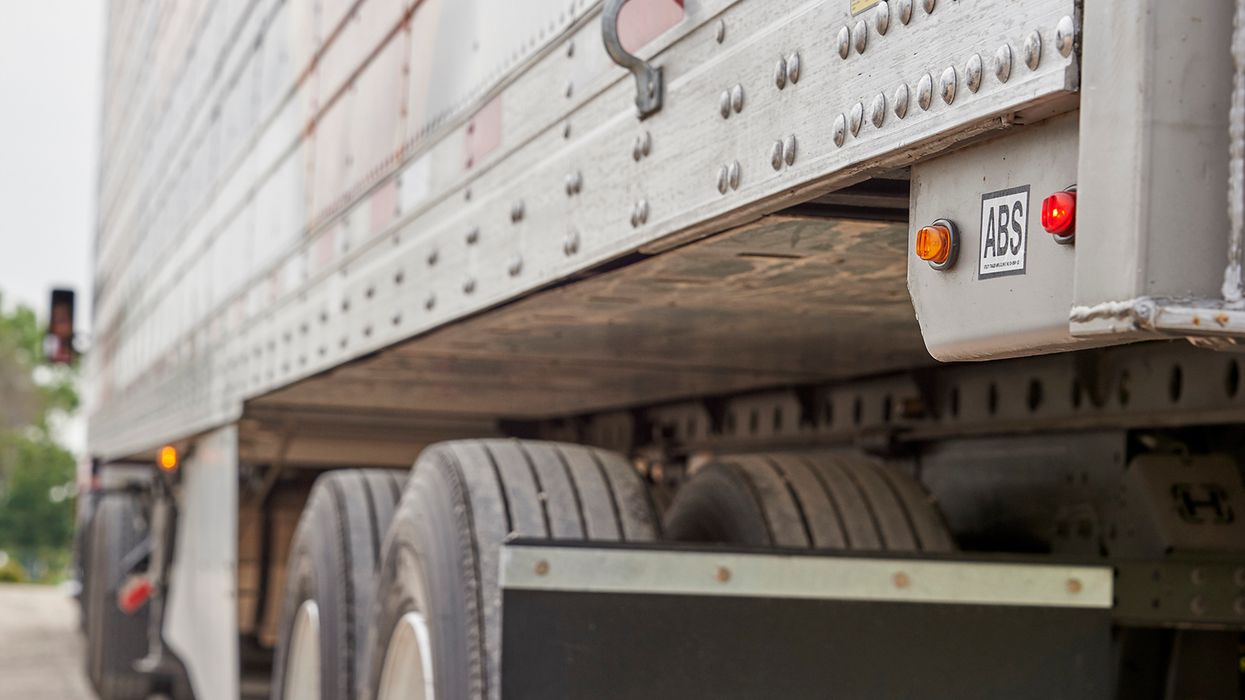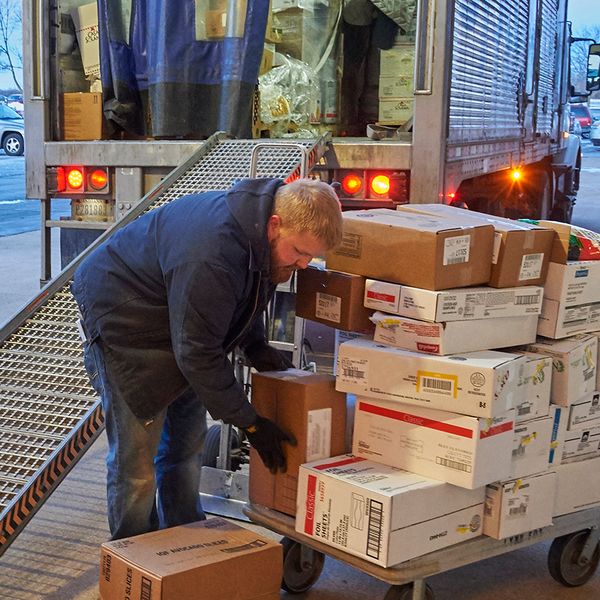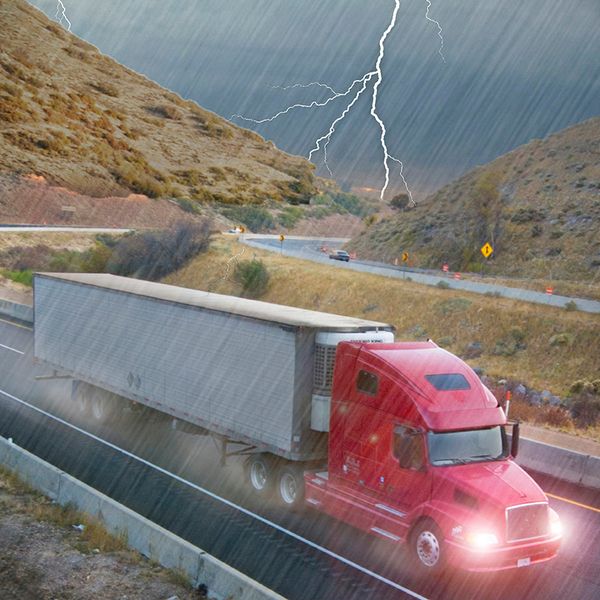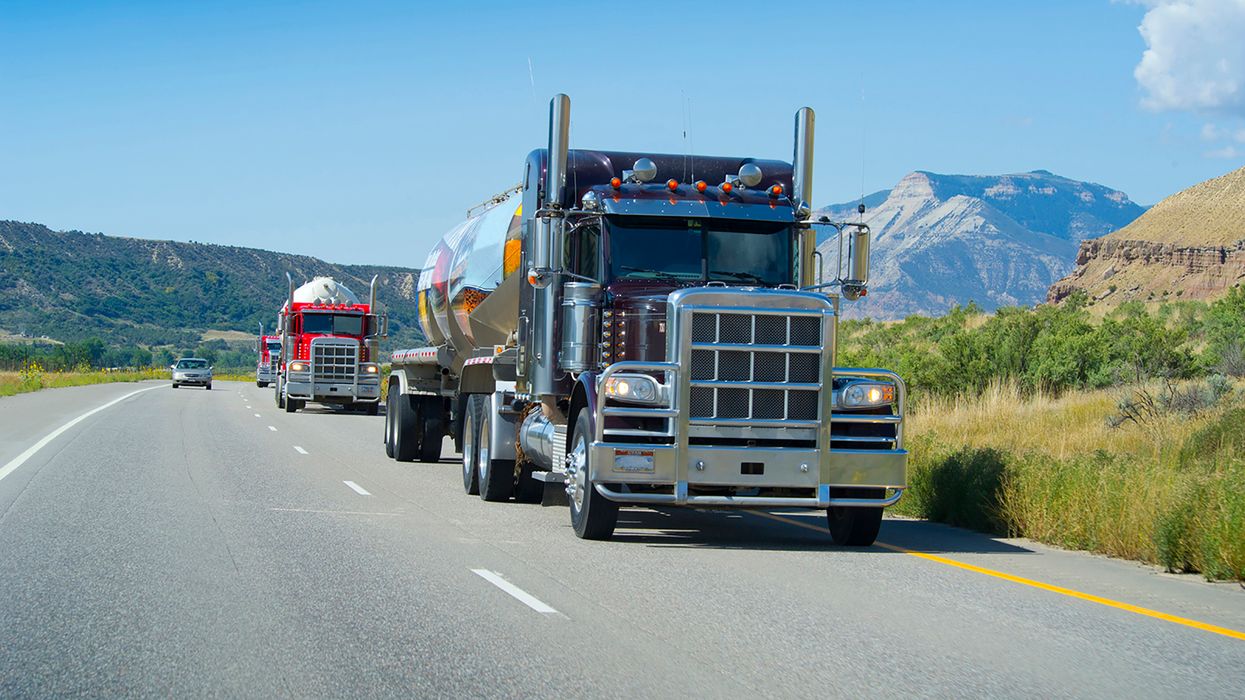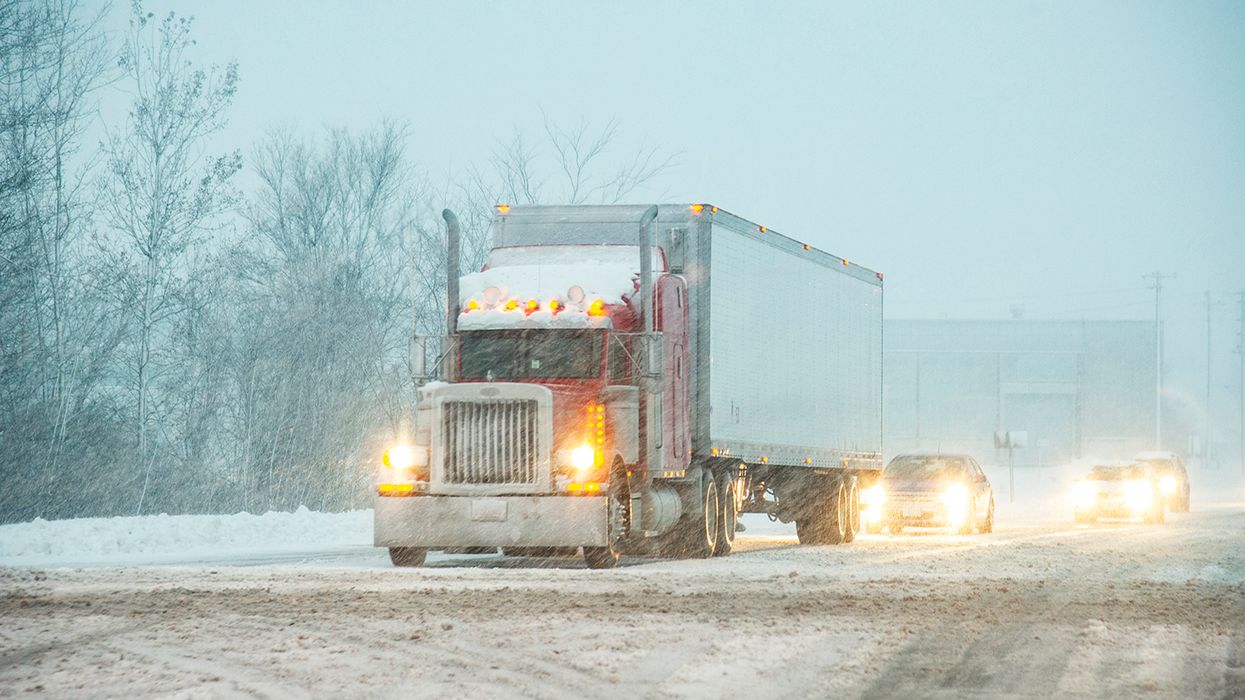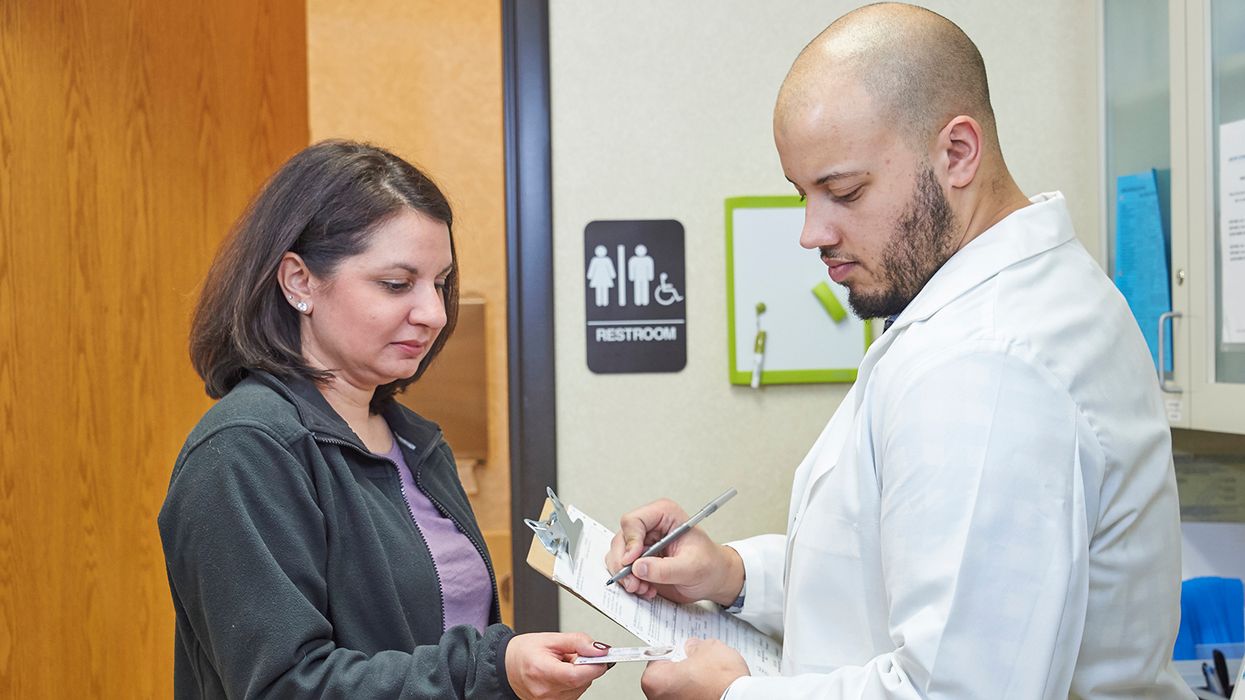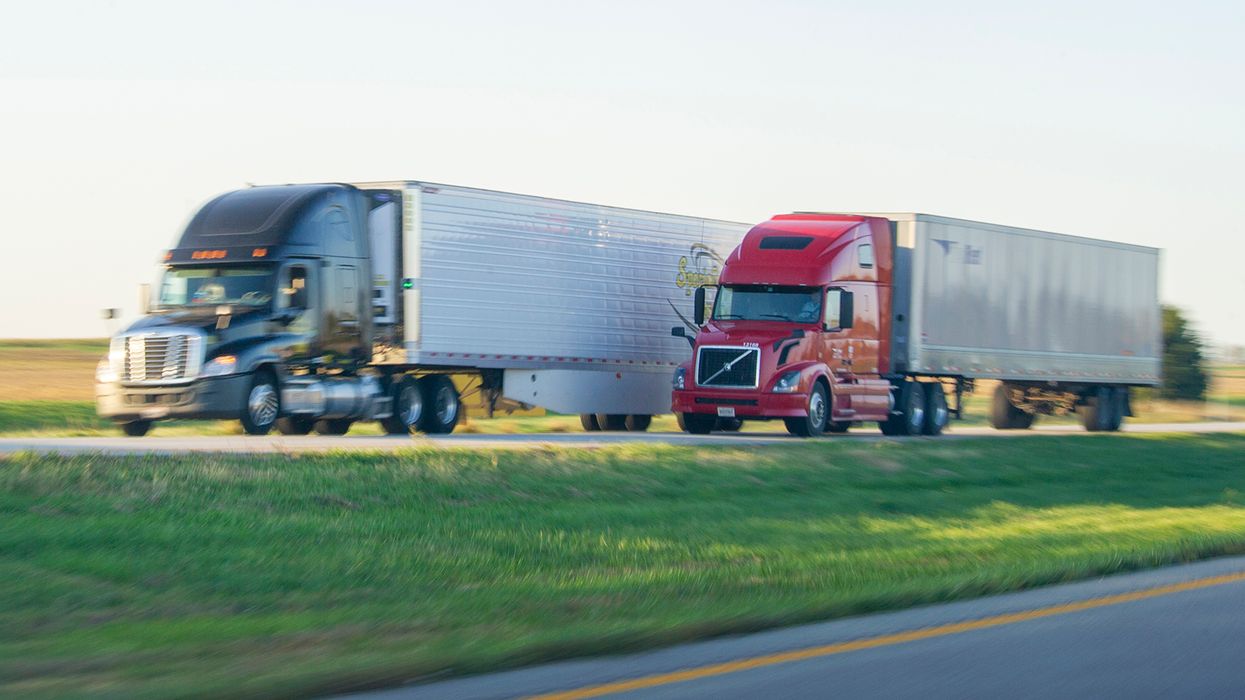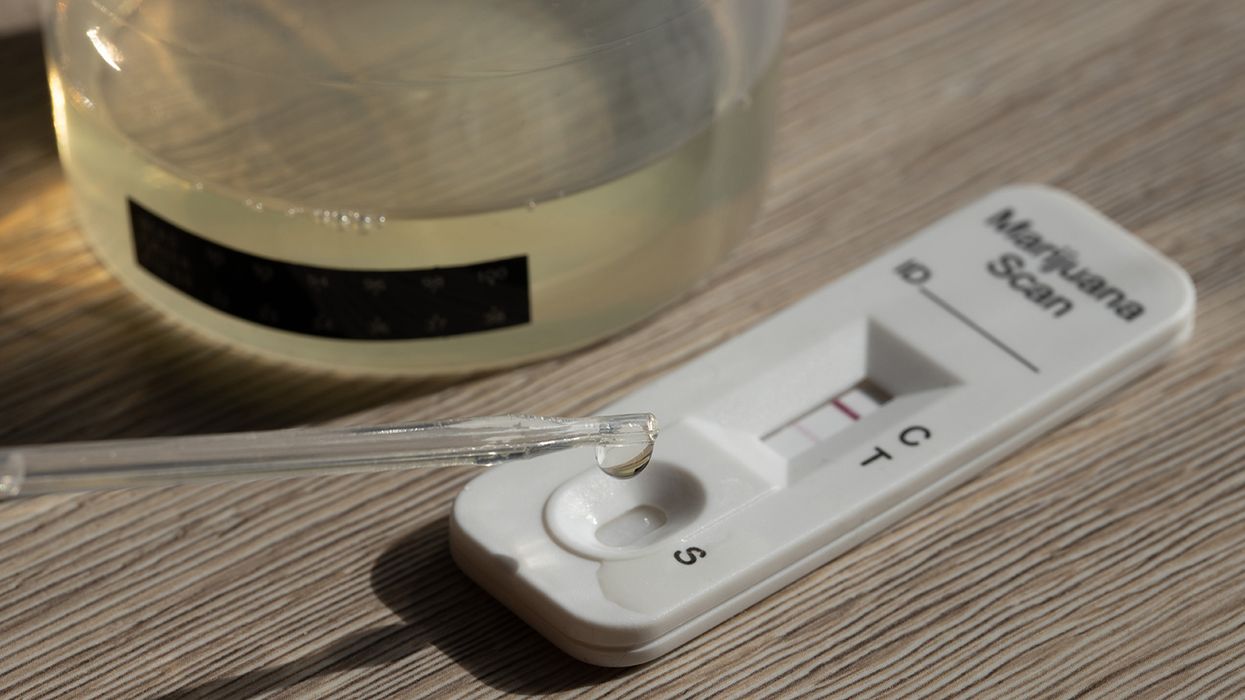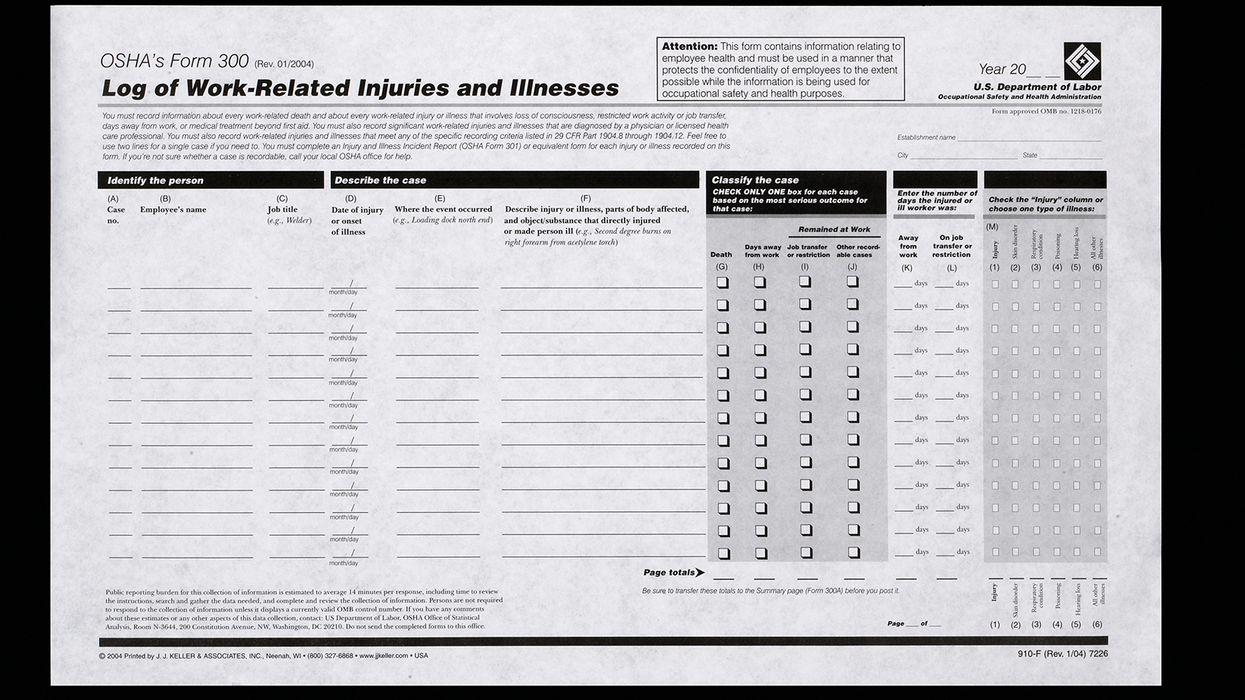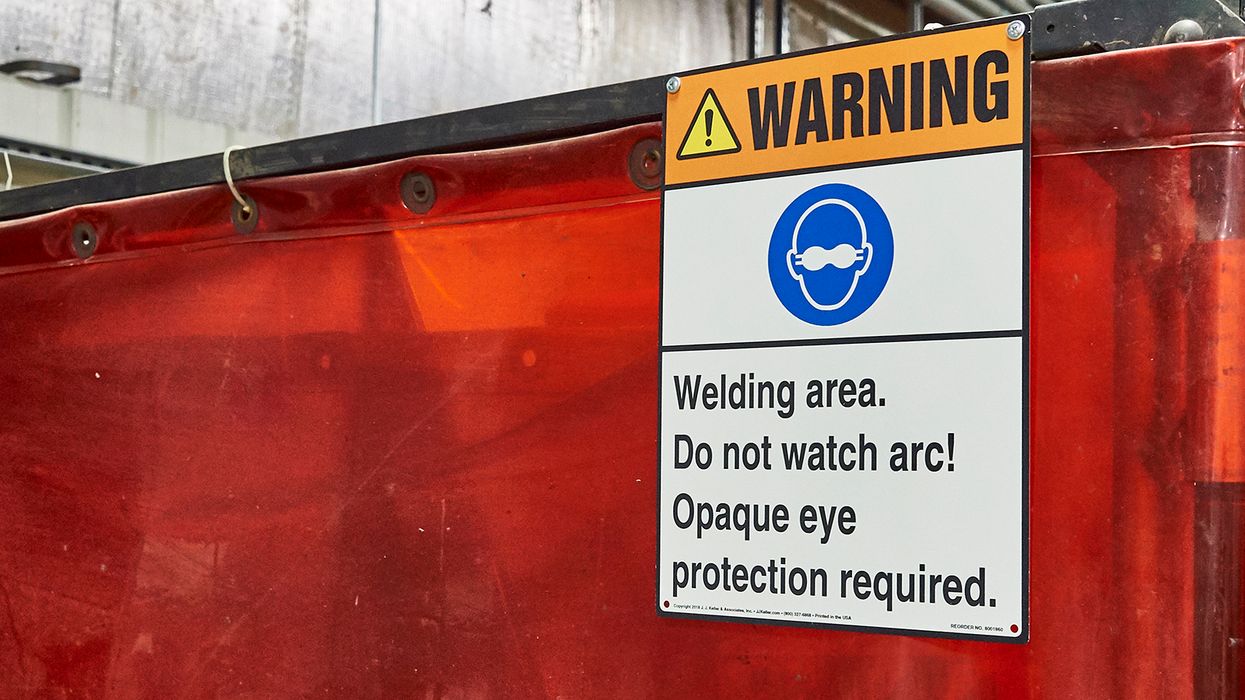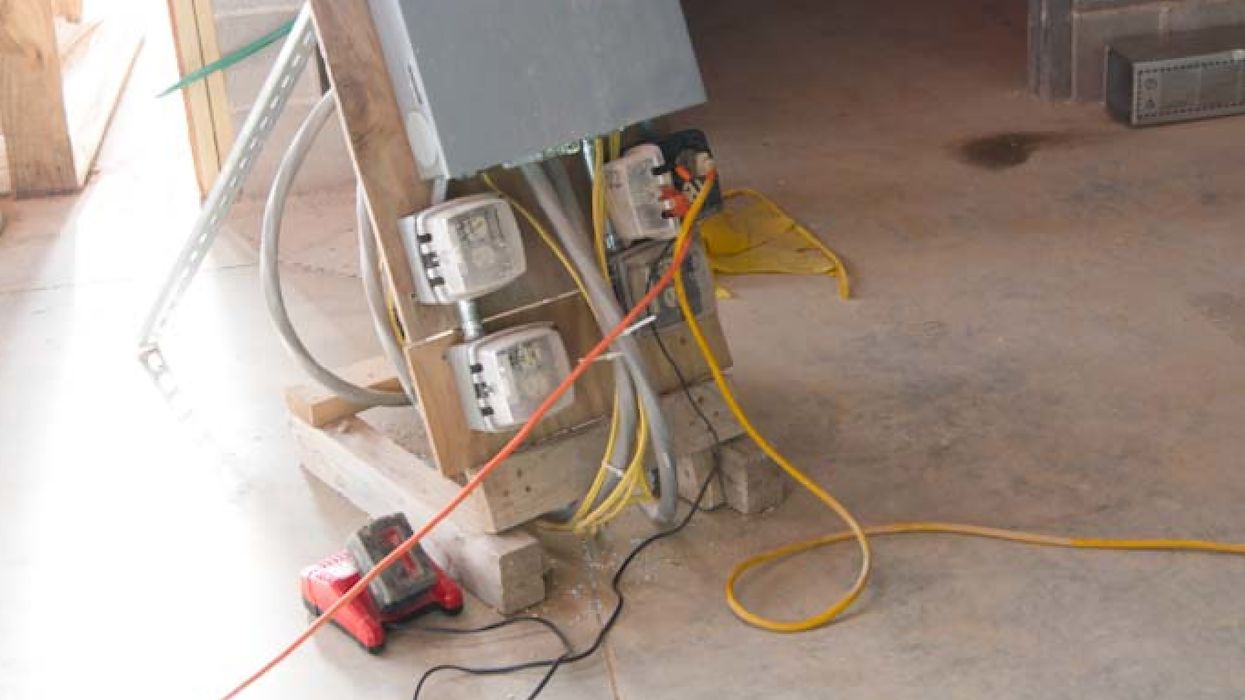Trailer technology - 5 options to improve your bottom line
Trailer technology is becoming more effective and affordable, but many carriers have been slow to adopt. An investment in trailer technology must have a short payback, which is even more challenging when there are two to three trailers per truck with combination rigs.
Carriers are generally interested in technology when it can increase safety, improve fuel efficiency, meet customer demands, or avoid cargo claims.
Below are five trailer technology options to consider.
1. Refrigerated trailer telematics
Refrigerated (reefer) carriers have been increasing the use of telematics to remotely monitor and control the status of the trailer and the perishable products they haul. Food safety, as well as food quality, is their top priority. The latest trailer telematics allows carriers to:
- Remotely change the operating mode to off, continuous, or start/stop.
- Reduce load rejections for food safety or quality by providing proof of load and ambient temperatures during transit.
- Meet customers’ contractual temperature monitoring requirements and aid compliance with the Sanitary Transportation of Human and Animal Food rule.
- Verify the reefer fuel level and avoid running out, which puts a load at risk.
- Reduce expenses on maintenance and other trailer operating costs.
More advanced reefer units can alert carriers and drivers to problems before product damage occurs.
2. Trailer tracking and sensors
Trailer tracking has been more affordable and reliable with improvements in battery recharging and sensors, as well as wireless communication to the cab and to the back office. Sensors can indicate:
- Temperature,
- How long a trailer has been idle and at which location,
- If and when the cargo doors have opened or closed, and
- Whether the trailer is empty or loaded.
Some customers use trailers as a rolling warehouse. Telematics data helps justify demurrage (per day trailer use charge) or when to move the trailer to a more efficient customer.
Knowing the location and status of trailers also helps:
- Reduce driver time searching for trailers and improve on-time service,
- Enhance revenue generation,
- More efficiently use your assets, and
- Increase visibility to high-value shipments when disconnected from trucks.
3. Cargo cameras
Drivers take breaks from the truck, so around-the-clock monitoring is not feasible with one driver.
Cargo thieves are diligent at staking out good places and times to steal cargo. Cargo cameras can help identify the thief, location, and time of the theft.
Cargo cameras also help confirm:
- The percent trailer cube utilization after loading or partial unloads;
- Cargo damage; and
- Trailer cleanliness and the presence of dunnage (pallets, straps, or garbage).
4. Tires, brakes, and lights monitoring systems
Tires, brakes, and lights, are the most frequent roadside inspection violations for many carriers. Technology can help detect defects sooner than a driver in many cases.
Tires are the highest maintenance cost for most carriers. Under-inflation significantly reduces fuel efficiency, accelerates tire wear, and increases the risk of a blowout. A tire-pressure monitoring system (TPMS) alerts drivers to low tire pressure. TPMS has been widely available on vehicles for quite some time and is becoming more reliable and affordable for carriers to consider on trailers.
Automatic inflation and deflation systems are now more accurate and can adjust the tire pressure to the weight of the cargo.
There are also systems that can monitor brakes and lights along with transmitting fault codes to help make decisions to continue running or to make repairs.
5. Trailer stability and braking warning systems
Anti-lock braking systems (ABS) are required on trailers. However, trailer tilt sensors can alert a driver to an unsafe angle, or more advanced roll stability systems can automatically apply the brakes before a driver senses a trailer is going to tip.
Emergency braking alerts flash brake lights, so drivers behind the vehicle know the unit is stopping or drastically slowing.
Trailer technology and use of the data may still be in its infancy. A challenge is to get all of this data to feed into one system, but any of these systems could benefit operations today.
Keys to remember:
Vehicle safety technology must have a payback to support the investment. Since carriers usually have two to three trailers per truck, trailer technology can be even harder to justify but may be the right move for your operation.

